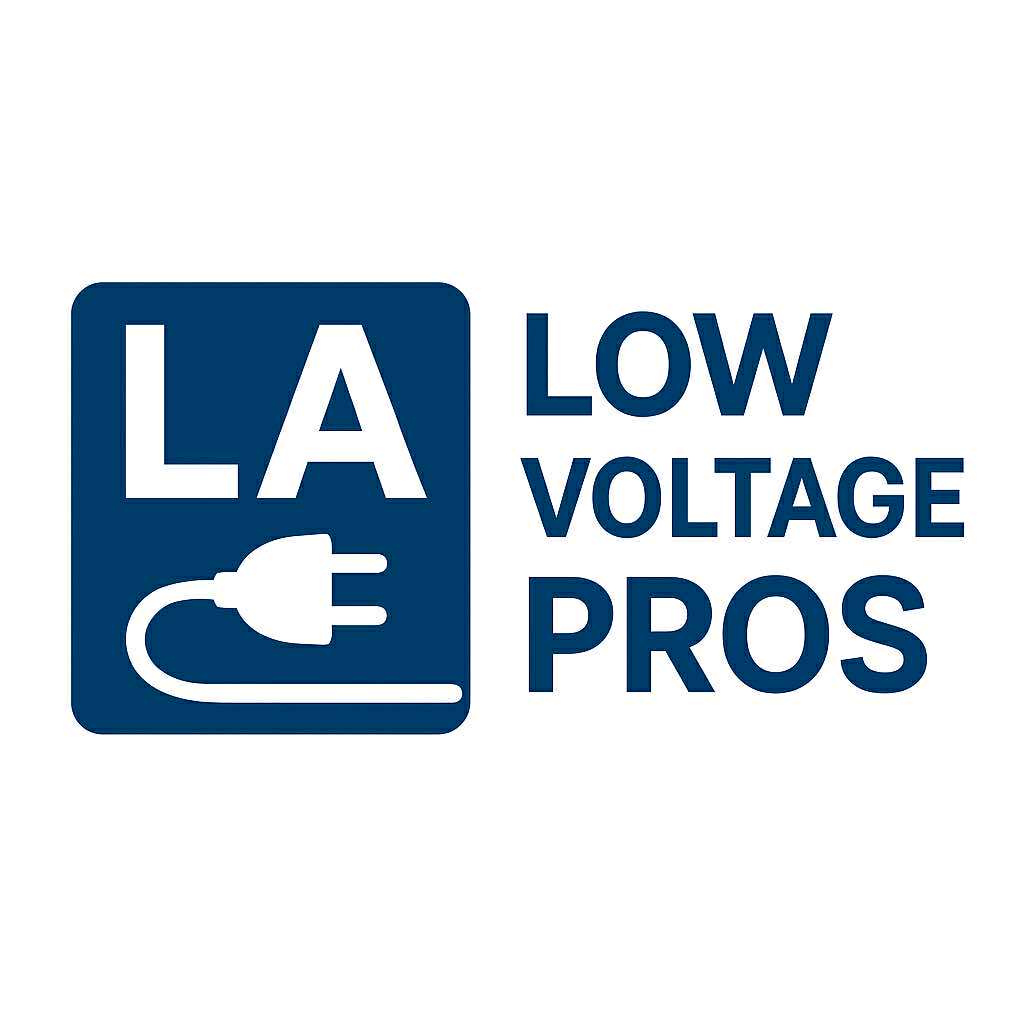Fiber Optic Cabling in Los Angeles: Benefits, Installation, and Maintenance Guide
Fiber optic cabling has transformed how businesses and homes in Los Angeles access fast, reliable internet. With growing demand for high-speed connectivity and efficient data transmission, understanding fiber optic technology is essential. This guide provides an in-depth look at fiber optic cabling, its benefits, installation process, maintenance, and answers frequently asked questions.
What is Fiber Optic Cabling?
Fiber optic cabling is a type of network cabling that transmits data as pulses of light through thin strands of glass or plastic fibers. Unlike traditional copper cabling, fiber optics can handle significantly higher bandwidths and transmit data over longer distances without signal degradation. This technology is widely used for internet connections, telecommunications, and enterprise networking in Los Angeles.
Benefits of Fiber Optic Cabling
1. High-Speed Data Transmission
Fiber optic cables support extremely high speeds, making them ideal for businesses in Los Angeles that rely on cloud computing, video conferencing, and large data transfers. Fiber networks can achieve gigabit speeds and beyond, providing a noticeable improvement over older technologies.
2. Greater Bandwidth Capacity
Unlike copper cabling, fiber optics can carry significantly more data at once. This makes fiber the preferred choice for businesses with multiple users, devices, and high-volume internet usage.
3. Long-Distance Reliability
Fiber optic signals can travel much farther without losing strength compared to copper cabling. This is particularly beneficial in Los Angeles, where large office campuses or distributed facilities require consistent connectivity across distances.
4. Improved Security
Fiber optics are inherently more secure because they do not emit electromagnetic signals that can be intercepted. This is an advantage for businesses handling sensitive information or personal data.
5. Resistance to Interference
Fiber optic cables are immune to electromagnetic interference and radio frequency interference, ensuring stable and reliable network performance even in environments with heavy electronic activity.
Installation of Fiber Optic Cabling
Installing fiber optic cabling involves several critical steps to ensure optimal performance:
Site Assessment
A thorough assessment of the building or facility is conducted to determine cable routes, potential obstacles, and the type of fiber required.
Cable Routing and Placement
Fiber optic cables are carefully routed through walls, ceilings, or conduits, avoiding sharp bends and stress points that could compromise performance.
Termination and Testing
Cables are terminated with connectors and tested for signal strength, loss, and integrity to guarantee reliable operation.
Network Integration
Once installed, the fiber network is integrated with existing infrastructure, including switches, routers, and network devices, ensuring seamless connectivity.
Fiber Optic Maintenance
Regular maintenance helps prevent network downtime and extends the life of fiber optic infrastructure. Common practices include:
- Periodic inspection of cables for physical damage
- Cleaning connectors and ports to prevent signal loss
- Testing signal strength to detect potential issues early
- Updating network equipment and firmware to maintain optimal performance
Proper maintenance ensures consistent network speed and reliability for businesses and homes in Los Angeles.
Common Uses of Fiber Optic Cabling in Los Angeles
- High-speed internet connections for businesses and residential buildings
- Enterprise networking for offices, data centers, and campuses
- Telecommunication infrastructure for phone and video services
- Security systems and surveillance networks
- Cloud computing and data storage solutions
Frequently Asked Questions (FAQs)
Conclusion
Fiber optic cabling is a crucial technology for businesses and residences in Los Angeles seeking high-speed, reliable, and secure network connections. From faster data transmission to long-term reliability and minimal interference, fiber optics offer significant advantages over traditional cabling. Understanding its benefits, installation requirements, and maintenance ensures optimal network performance and supports the growing digital demands of the city.
